Art and Mental Health: Boosting Well-Being with Creative Expression

Mental health is a crucial aspect of our overall well-being, and finding effective ways to cope with stress and manage emotions is essential. Art is one such means that has been known to improve mental health by providing an outlet for expression, promoting self-discovery, and fostering a sense of accomplishment. In this article, we’ll explore the power of art, various art forms, the benefits of art for mental health, and how to get started with art therapy.
The Power of Art
Art has been used as a form of communication and expression throughout human history. It can help us process complex emotions and feelings that might be difficult to express in words. Through the use of creative healing techniques, art can provide a powerful outlet for emotions and act as a coping mechanism during challenging times.
Art as a Means of Expression
For many, art serves as a way to express emotions, thoughts, and experiences that might be too overwhelming or difficult to articulate verbally. Through various art forms, individuals can find their voice, share their stories, and connect with others who may have had similar experiences. For those interested in exploring art as a means of emotional expression, the Art Therapy Practitioner Training Course is a great resource for learning more about the benefits and applications of art therapy.
Art as a Coping Mechanism
Art can be an effective coping mechanism for dealing with stress, anxiety, and other mental health challenges. By engaging in creative activities, individuals can channel their energy into something productive and potentially therapeutic, providing a much-needed mental break from daily stressors. The process of creating art can be both meditative and cathartic, helping individuals develop healthy coping skills and resilience.
Different Art Forms for Mental Health
There are various art forms that individuals can explore to improve their mental health. Each form offers unique benefits and can cater to different preferences and needs.
Painting
Painting is a versatile and accessible art form that allows individuals to express themselves through the use of color, texture, and composition. It can be a calming and meditative activity that promotes mindfulness and self-reflection.
Drawing
Drawing is a simple and low-cost art form that requires minimal materials. It can help improve focus and concentration while providing a creative outlet for thoughts and emotions.
Sculpting
Sculpting involves working with three-dimensional materials such as clay, wood, or metal. It can be a tactile and immersive experience that encourages mindfulness and can help individuals develop a deeper connection with their emotions.
Music
Music is a powerful art form that can evoke strong emotions and memories. Playing an instrument, singing, or simply listening to music can have therapeutic benefits and can help individuals process emotions and connect with others.
Dance
Dance is a physical and expressive art form that involves movement and coordination. It can help individuals connect with their bodies, release pent-up emotions, and improve overall well-being.
Writing
Writing, whether through journaling, poetry, or prose, can help individuals articulate their thoughts and emotions in a structured and coherent manner. It can provide a safe space for self-expression and self-discovery.
Benefits of Art for Mental Health
Stress Reduction
Art activities can help alleviate stress by promoting relaxation and providing a distraction from negative thoughts. In fact, studies have shown that engaging in creative activities can have a positive impact on mental health and well-being.
Increased Self-Awareness
Through artistic expression, individuals can explore their emotions and experiences, leading to a greater understanding of themselves and their mental health. This self-awareness can contribute to personal growth and development.
Improved Emotional Regulation
By using art as a means of expressing and processing emotions, individuals can develop healthier emotional regulation strategies, leading to better management of stress, anxiety, and depression.
Enhanced Communication Skills
Art can help individuals communicate their thoughts and feelings more effectively, both to themselves and to others. This can foster a greater sense of empathy and understanding, which is essential for maintaining healthy relationships.
Boosted Self-Esteem
Completing an artistic project can provide a sense of accomplishment and pride, boosting self-esteem and contributing to overall well-being.
How to Get Started with Art Therapy
If you’re interested in incorporating art therapy into your life, consider seeking guidance from an accredited Art Therapy Practitioner. Reputable training courses, such as those accredited by IPHM, CMA, and the Centre of CPD Excellence, can provide you with the knowledge and skills necessary to effectively utilize creative healing techniques for mental health.
To begin your journey with art therapy, follow these steps:
- Explore different art forms: Experiment with various artistic mediums such as painting, drawing, sculpting, music, dance, or writing to discover which resonates with you the most.
- Create a dedicated space: Designate a comfortable and inviting space in your home for art therapy, ensuring that it is free from distractions and well-stocked with necessary materials.
- Set aside time: Make art therapy a regular part of your routine by scheduling dedicated time for creative expression. Consistency is key to reaping the benefits of art for mental health.
- Be patient with yourself: Remember that art therapy is about the process, not the final product. Give yourself permission to make mistakes and explore without judgment.
- Seek guidance: If you need additional support or guidance, consider enrolling in an accredited art therapy course or working with a professional Art Therapy Practitioner.
Conclusion
Art is a powerful tool for improving mental health, offering individuals a unique means of expression and emotional release. By exploring various art forms and engaging in creative healing techniques, individuals can experience numerous benefits, such as stress reduction, increased self-awareness, and improved emotional regulation. To get started with art therapy, consider seeking guidance from an accredited Art Therapy Practitioner or enrolling in a reputable training course.
Frequently Asked Questions
1. What is art therapy?
Art therapy is a form of expressive therapy that uses the creative process of making art to improve an individual’s physical, mental, and emotional well-being.
2. How does art therapy help with mental health?
Art therapy can help with mental health by providing an outlet for emotional expression, promoting self-discovery, fostering a sense of accomplishment, and reducing stress.
3. Do I need to be an artist to participate in art therapy?
No, you don’t need to be an artist to participate in art therapy. Art therapy is about the process of creating art and the therapeutic benefits it provides, not the final product.
4. How can I find an accredited Art Therapy Practitioner?
You can find an accredited Art Therapy Practitioner by searching for professionals who have completed reputable training courses, such as those accredited by IPHM, CMA, and the Centre of CPD Excellence.
5. Can children benefit from art therapy?
Yes, children can benefit from art therapy. Art therapy can help children develop emotional regulation skills, improve self-expression, and boost self-esteem.

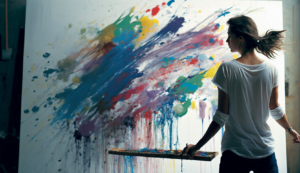
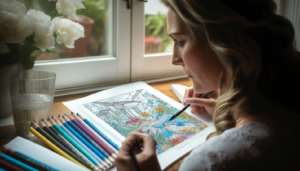
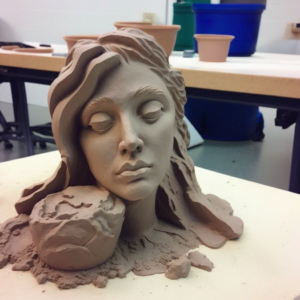
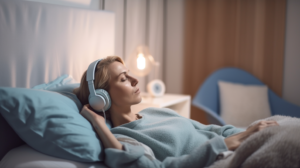


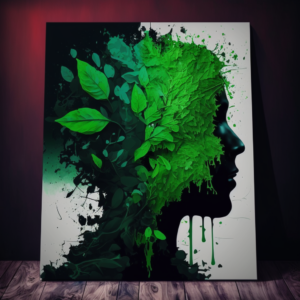
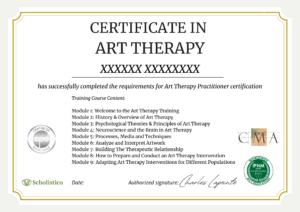
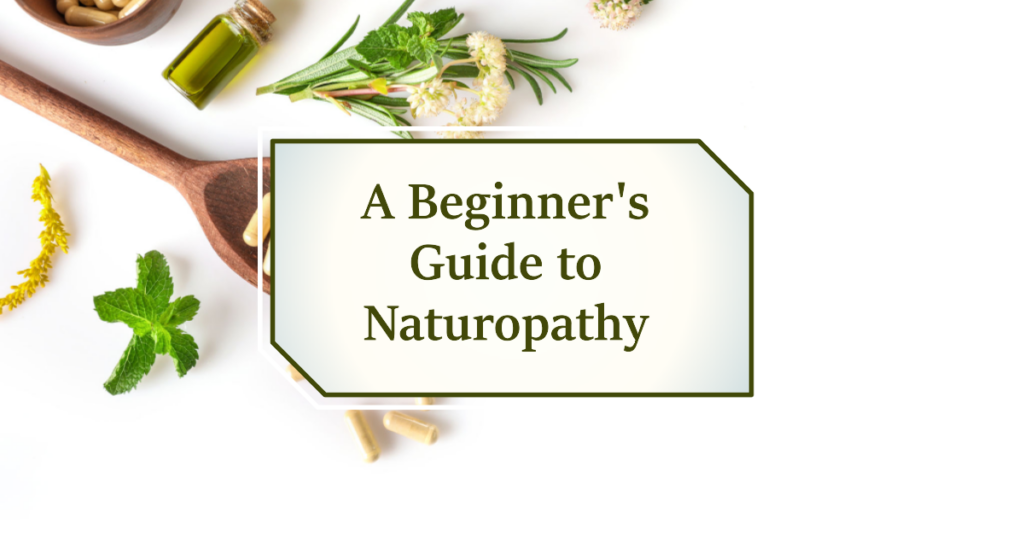
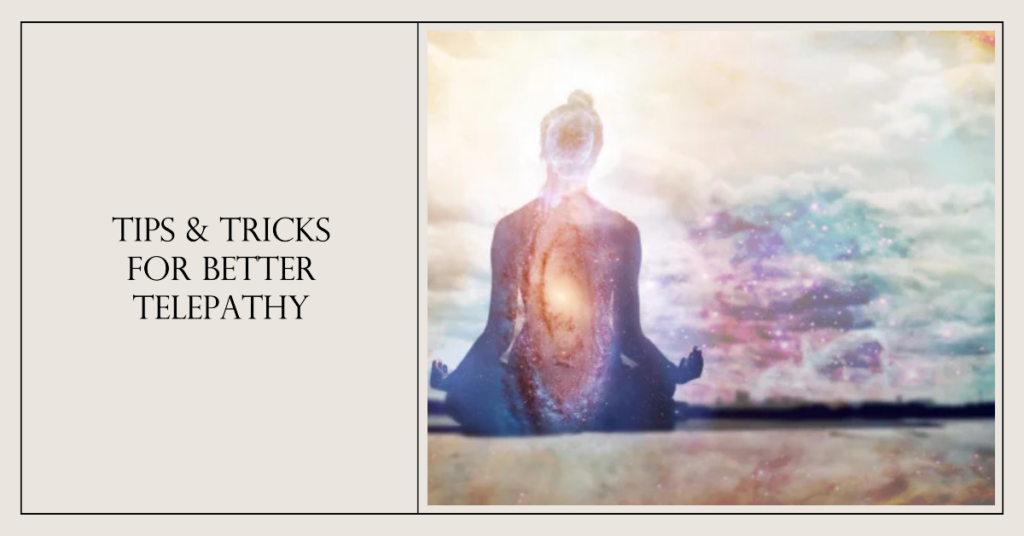
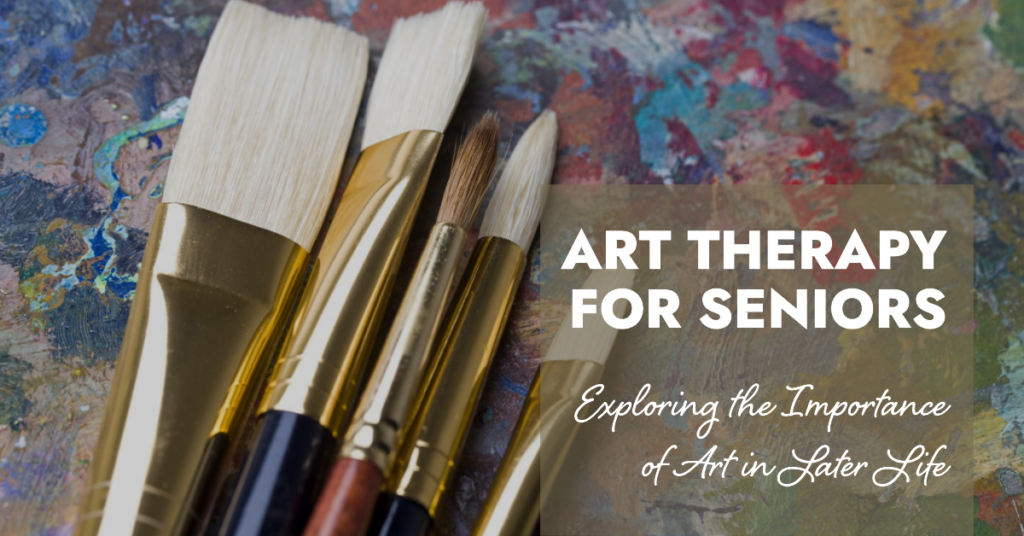
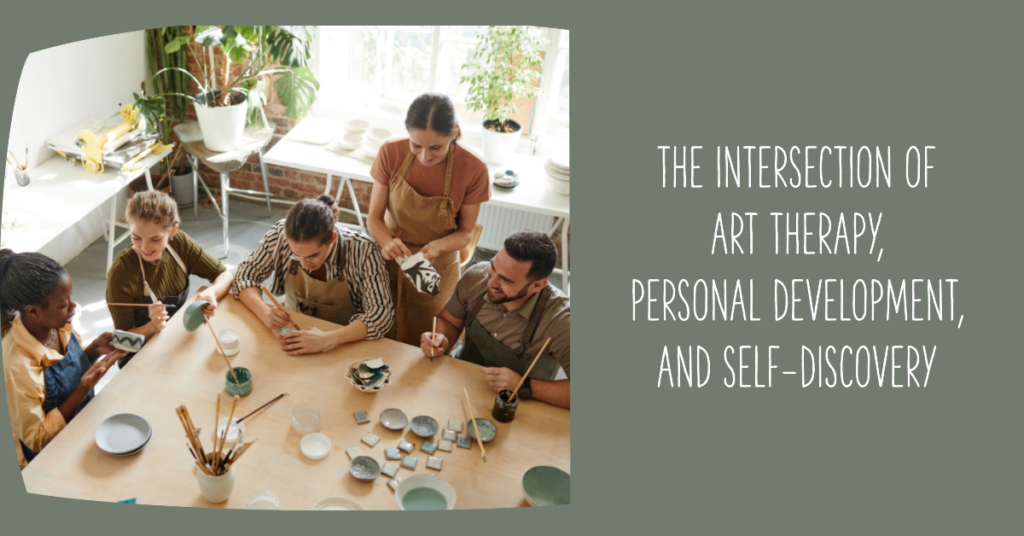
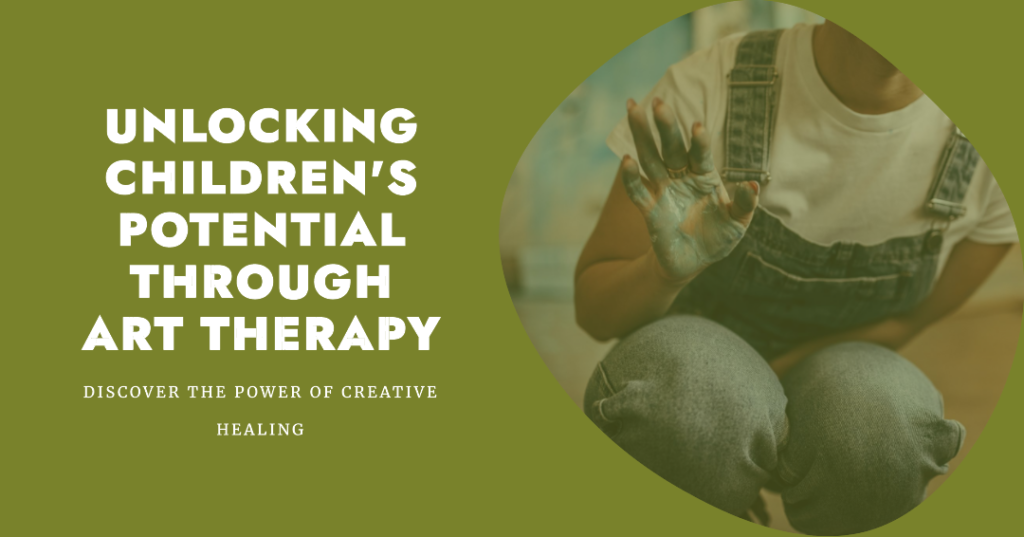




[…] inculcating belief among participants of the effectiveness of energy and spirit and their role in therapeutic practices. As we progress in this article, we will delve deeper into the benefits of art therapy for children […]
[…] in creative activities such as painting, drawing, or sculpting can stimulate imagination and creativity, giving seniors a sense of purpose and accomplishment. Artistic pursuits can reignite a passion […]
[…] in creative activities such as painting, drawing, or sculpting can stimulate imagination and creativity, giving seniors a sense of purpose and accomplishment. Artistic pursuits can reignite a passion […]
[…] Smith, a mental health counsellor who incorporated art therapy modalities into his practice after completing Scholistico’s Art Therapy Practitioner […]
[…] Creativity: Having a creative outlet like an art journal can also boost […]